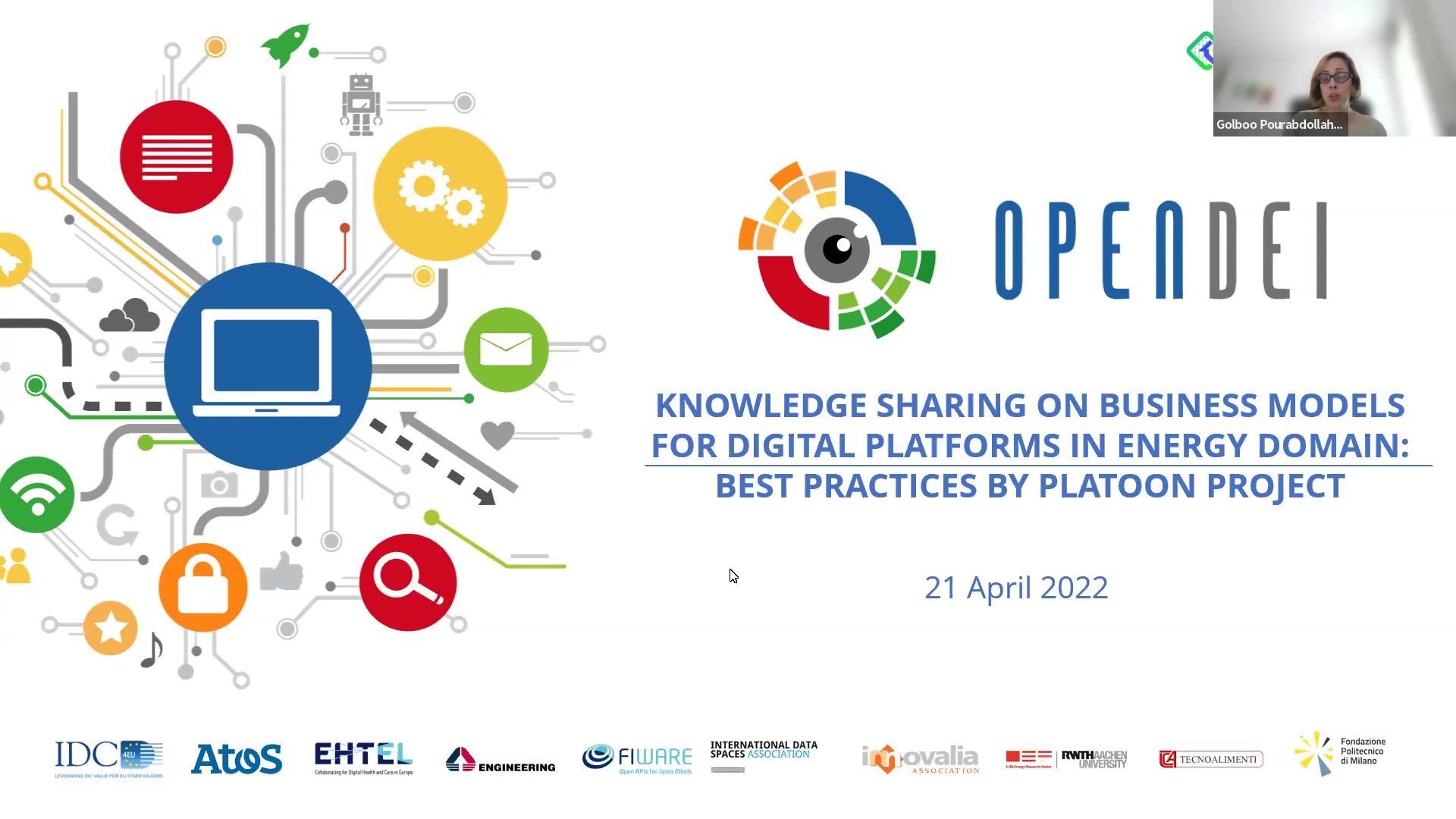Phevos Skalidis, a research manager for IDC Energy Insights, looks at how innovation within the IT industry is helping energy stakeholders to optimise the operation, management and efficiency of distributed energy resources.
With worldwide renewable power capacity additions of almost 180GW yearly during the last couple of years, demand is growing for comprehensive management capabilities of dispersed fleets of renewable power plants. An ecosystem of diverse players promises to tackle the unique challenges for these kinds of assets.
The growth of renewables has been nothing but spectacular during the last 15 years. A result of targeted policies liberalising energy generation, advances in the underlying technology (especially in wind and solar generation) and last but not least a consistent call in favour of decarbonising the economy starting with the power sector. The corresponding fall in the levelised cost of energy (LCOE) — a measure incorporating both initial investment and operating costs — has been phenomenal and hence renewables have attracted significant capital, accounting for approximately two-thirds of power generation spending in 2017.
A less appreciated factor facilitating the energy transition is the IT and its industry-specific applications. Be it sophisticated energy forecast software helping to reduce the inherent unpredictability of wind and solar power or a geographic information system (GIS) allowing geospatial analysis around the potential location of future generation assets, IT has played a major role in enabling widespread deployment of renewables.
In this context, several companies have seen an opportunity to develop software that combines functionality that makes asset management of renewable power plants more efficient and straightforward. Unlike the management of large and complex centralised assets, renewable generation companies are demanding lightweight solutions that unify most (if not all) aspects of asset management. This is especially true of small- and mid-sized operators, which have smaller market capitalisation and employ fewer personnel with the deep expertise of utilities’ staff. The decentralised nature of their renewable fleets are often scattered across countries or entire regions, and the comparably short time of construction are additional reasons for choosing a slim solution that scales fast with small, geographically dispersed power plants.
Alongside technological change, another fundamental shift has taken place during the last years. Established utilities have ceased to be the sole owners of renewable power plants.
Companies with a more diverse corporate background have entered this rapidly growing sector. Be it investment funds, engineering, procurement and construction companies (EPC) and even oil and gas companies, all these players seek to keep the operational expenses of their new investments low.
To increase energy production and maximise the returns of their renewable portfolio they are keen on deploying the latest technology integrating asset supervision and financial and operational management.
[…]
Read the full article on Smart Energy International



